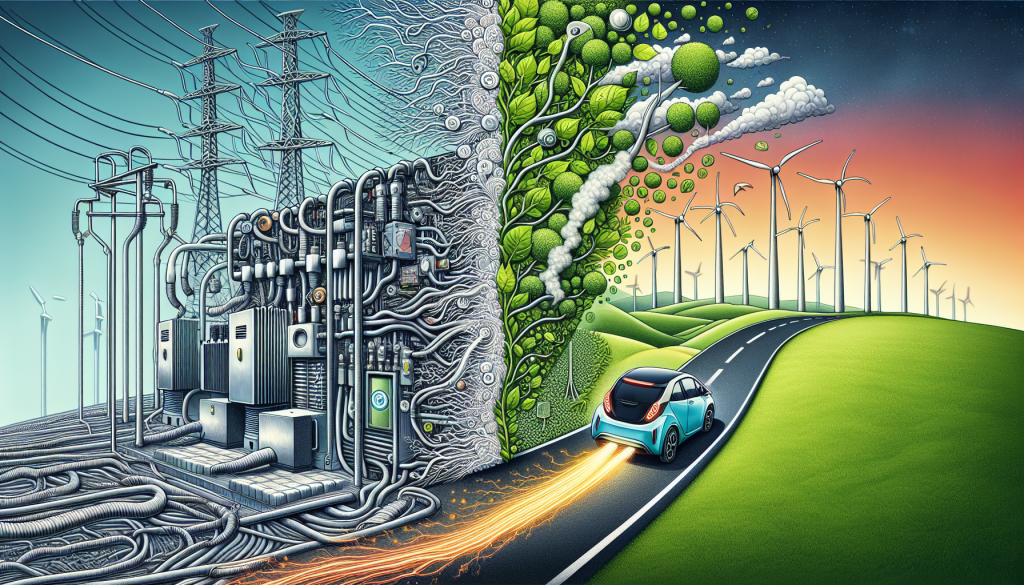
From Grid to Road: Understanding the True Environmental Impact of EVs
From Grid to Road: Understanding the True Environmental Impact of EVs
Electric vehicles (EVs) have been hailed as the future of transportation, providing a cleaner and more sustainable alternative to traditional gasoline-powered cars. However, while it is true that EVs emit no tailpipe emissions, their environmental impact goes beyond just what comes out of their exhaust pipes. In fact, understanding the true environmental impact of EVs requires us to look beyond the road and into the grid that powers them.
The Environmental Benefits of EVs
As mentioned, EVs emit no tailpipe emissions, which means they do not contribute to air pollution or greenhouse gas emissions. This is a major environmental benefit, as traditional cars are one of the leading sources of air pollution and contribute significantly to climate change. EVs also do not require fossil fuels to run, as they are powered by electricity. This means they can reduce our dependency on fossil fuels and help mitigate the impacts of climate change.
In addition, EVs are also more energy efficient than traditional cars. This is because electric motors are more efficient in converting energy into power, compared to internal combustion engines. This results in less energy being wasted, and ultimately, a more sustainable use of resources.
The Environmental Challenges of EVs
While EVs have many environmental benefits, they also come with their own set of challenges. The production and disposal of EV batteries, for example, can have a negative impact on the environment. Mining for the materials used in EV batteries, such as lithium, can lead to deforestation, water pollution, and displacement of communities. The disposal of used batteries also raises concerns about toxic waste.
Moreover, the electricity used to charge EVs comes from power plants, which may still rely on fossil fuels. In countries where coal is the primary source of electricity, the emissions from charging EVs may be similar to those of gasoline-powered cars. Thus, while EVs themselves emit no emissions, their environmental impact is still tied to the sources of electricity in the grid.
The Importance of Renewable Energy in EVs
To truly understand the environmental impact of EVs, we must consider the source of electricity used to charge them. This is where the shift towards renewable energy plays a crucial role. By transitioning to renewable energy sources, such as solar, wind, and hydro power, we can significantly reduce the emissions associated with EVs.
In fact, a recent study by the Union of Concerned Scientists found that EVs charged with renewable energy emit just half the amount of greenhouse gases as gasoline-powered cars. This highlights the importance of investing in renewable energy and integrating it into the grid to support the widespread use of EVs.
The Future of EVs and the Environment
As the world shifts towards a cleaner and more sustainable future, the popularity of EVs is expected to increase. However, it is important to remember that the environmental impact of EVs is closely tied to the sources of electricity in the grid. To truly reap the environmental benefits of EVs, we must continue to transition towards renewable energy sources and reduce our reliance on fossil fuels. This not only benefits the environment, but it also helps create a more sustainable and resilient energy system for the future.
Conclusion
From grid to road, the environmental impact of EVs goes beyond just what comes out of their exhaust pipes. While they offer many benefits, such as zero tailpipe emissions and energy efficiency, EVs also pose their own set of challenges. By understanding the importance of renewable energy and integrating it into the grid, we can ensure that EVs truly live up to their reputation as a cleaner and more sustainable mode of transportation.
